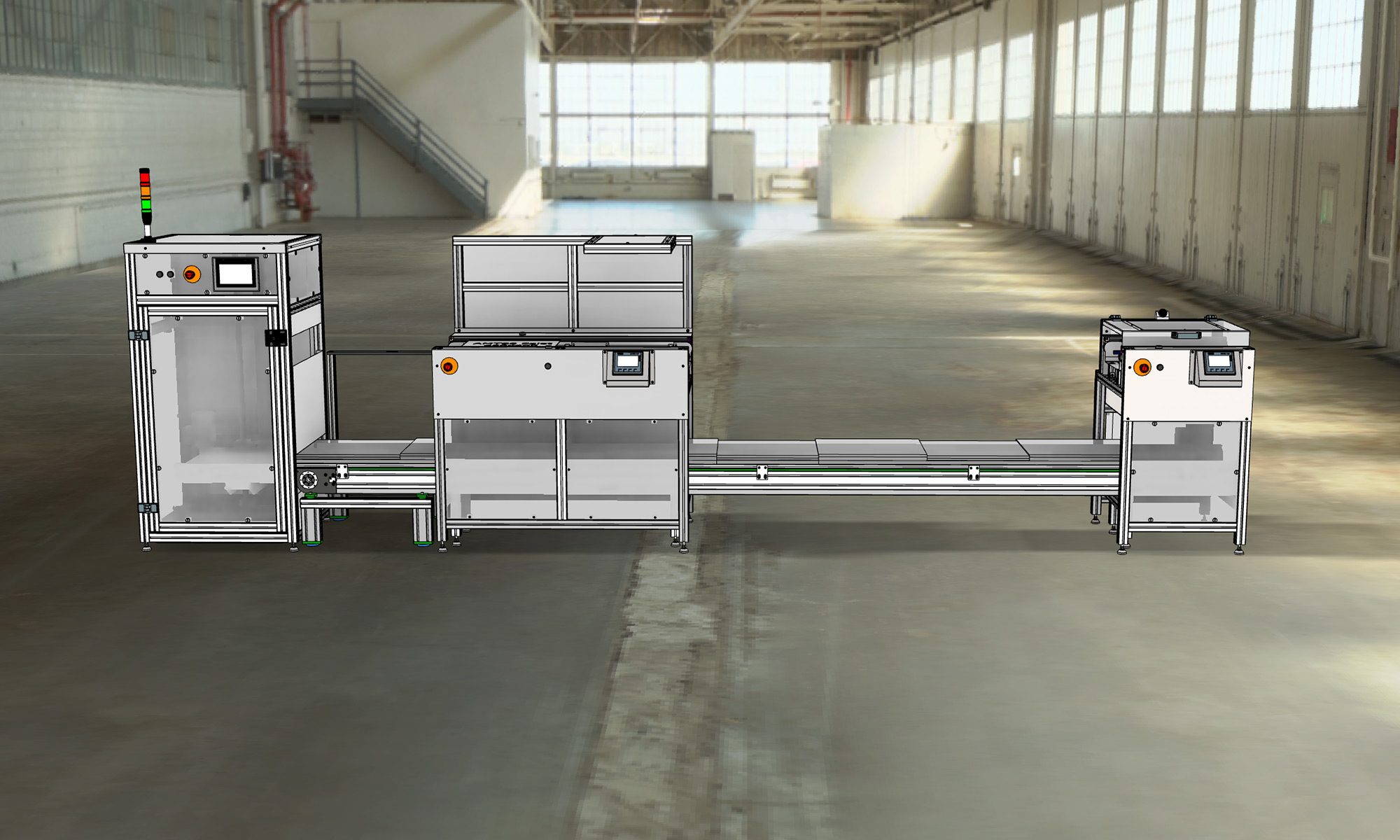With the help of the FEM analysis method can be studied problems whose complexity is given by the complicated geometric configuration of bodies, material non-homogeneities, material anisotropy, composite materials, etc. These problems frequently occur in practice at the various stages of development of a product but even when a product already exists but there is a question of improving its characteristics.
Some types of problems that can be solved are:
- stress and strain analysis
- static analysis of structures
- analysis of contact between surfaces
- analysis of stresses due to temperature
- Buckling
- analysis of pretensions
- non-linear heat transfer analysis in stable condition
- weight optimization
- problems of fracture mechanics and cracking under dynamic loads, fatigue behavior, integral-J, appearance of cracks, growth of cracks
- response of structures to aperiodic tasks
- determination of the natural frequencies and the own modes of the structures
- composite materials
- finite element analysis for assemblies
- nonlinear static analysis
- dynamic simulation
- drop test
The designs and projects necessary for FEM analysis can be done using 3D CAD systems within our company or with our trip to the client's premises.
Our services include all the steps to be taken to study the behavior of a part or assembly using finite element analysis:
- creating the model
- mesh generation
- setting loading conditions
- running the analysis
- generating a report describing these steps and the conclusions resulting from the finite element analysis
- resuming the above steps for problems requiring optimization according to different criteria (weight, strength, safety)
Static analysis
Static analysis allows the determination of voltages and deformations resulting from the static loads applied and the constraints imposed. Provides the ability to simulate static loads and slowly applied loads. It can be determined: state of tension and deformation, state of tension and deformation due to temperatures, inertial relief, pretension, multiaxial fatigue (Example static analysis for an overall welded stage arch)
Buckling
The buckling calculation is used to assess the stability of a device under loads. The flame examines the structures for the sudden damage modes caused by the compression forces. Critical loads and forms of buckling, initially linear and non-linear stress can be determined.
Linear flame is calculated with the Euler flame formula.
Analysis of pretensions
Static and normal pre-tensioning modes shall be used to analyse structures subject to initial demands and to model the effect of the initial state of demand on movements, voltages and modes of structures.
Heat transfer analysis
Analysis of heat transfer to determine temperature distribution using the principles of convection heat management and transfer. and radiation It is possible to calculate the heat charge in stable and time-dependent condition using:
- Conduction
- Convection
- Radiation
Stable non-linear heat transfer analysis
Determination of natural frequencies and structures' own modes
Determine the natural frequencies and own vibration modes of the structures This allows design engineers to explore and solve problems with noise and vibrations. You can determine:
- Natural frequencies and mode forms
- Flexible and rigid body movement
- Modal participation factors, actual mass/weight and reaction forces
- Linear and non-linear prestres (rigidization)
- Virtual fluid mass
Composite materials
Simulates the performance of composite materials. Analysis based on the latest failure indices, including Puck and LaRC02.
- Linear and non-linear
- 2D and 3D laminateelements
- Suitable especially for fibre-armed materials
- Special defecting techniques for sandwich composites
- Patterns of cohesive zones for delamination failures
- Failure index and safety factor
- Many possible theories
Finished element analysis for assemblies
Actual simulation of assemblies is possible by sophisticated modeling of different types of contact interactions, including types of sliding, friction and welded contacts.
Nonlinear static analysis
Non-linear static offers the possibility to add a more realistic simulation with contact parts, elastic materials and nonlinear plastics and large deformations. Calculates advanced nonlinear solutions such as large displacements/rotations, high deformation, plasticity, hyperelasticity and creep.
Dynamic simulation
Dynamic simulation allows the analysis of the functioning of the mechanisms and the determination of the forces that occur in the components of the mechanism. Based on the results obtained in the dynamic simulation, the components of the mechanisms can be checked using the forces determined as loads in a static FEM analysis.
Drop test
Simulation and fall tests or other impact loads.
Pin placement simulation
Pin placement simulation in self-feeding pin insertion device.

